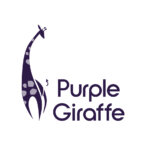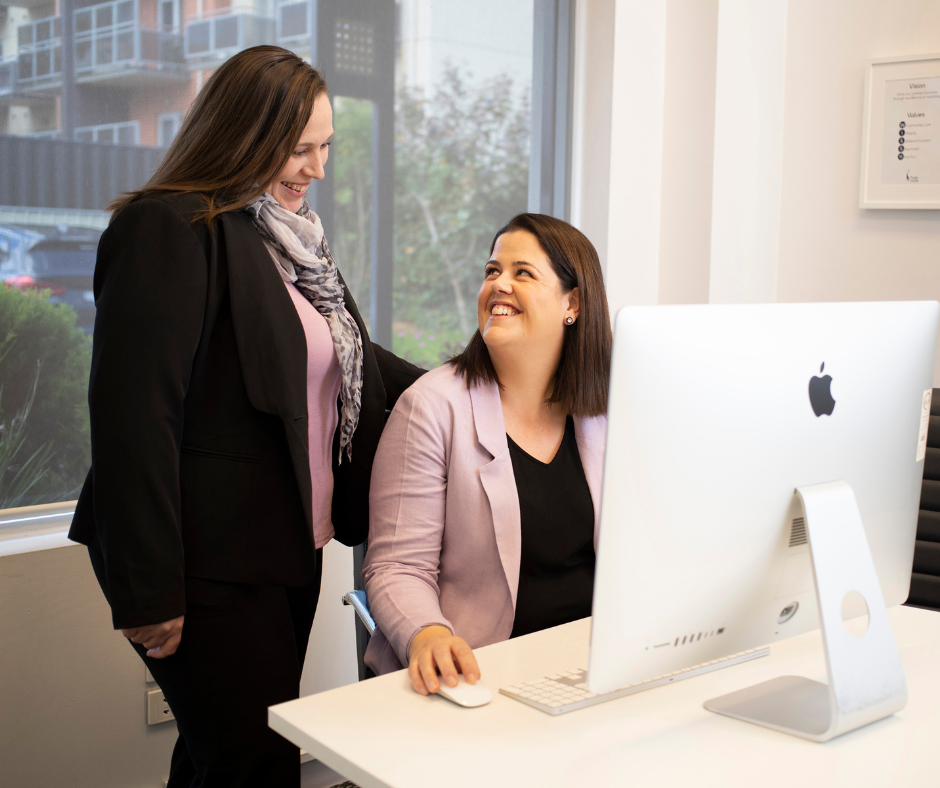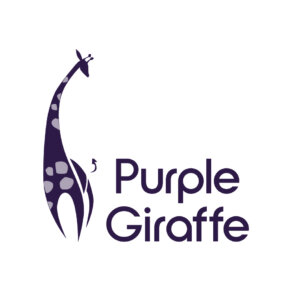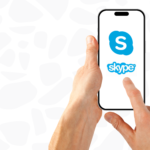Graphic design is defined as the ‘…art and profession of selecting and arranging visual elements to convey a message to an audience’. Sometimes called ‘visual communications’, graphic design is a combination of typesetting, illustration and design.
We can trace graphic design back to 15,000BC when the first-known pictographs and symbols were present in the Lascaux Cave in Southern France. Today we still use pictographs and symbols akin to icons, infographics, and sketches.
In the modern context, graphic design is a highly skilled craft and inherently collaborative. Just as the ancient symbols were tools of communication, today’s design processes require communication and teamwork. Designers work together with their clients, often across a range of industries, to produce compelling designs and artwork that achieves the intended objective. Collaboration ensures that the design not only looks good, but also resonates with its target audience.
So, what is involved in creating high-quality designs and artwork for your business?
We checked in with our designers to explore the stages of the graphic design process, to help you understand how to get the most out of it for your business.
Step 1 – The Brief
How does a designer know what to produce? The answer is: A creative brief.
Essentially, a brief ensures the designer has all the information required from the outset to design successfully. A brief covers two main objectives:
- The build specifics. For example, how the design will be used: digital, print or both, finished artwork dimensions, and so on. When crafting a graphic design brief, understanding and effectively communicating brand guidelines and the various specifications, styles and sizes of assets can significantly enhance the outcome and ensure the desired results.
- Detailed insights into the business, target markets, and design objectives are crucial. Distinguishing the essential components of a brief and devising a forward strategy are two interlinked skills, both of which require dedication and experience to perfect.
An unclear brief can create inefficiencies, frustrations and lead to outcomes that don’t meet expectations. So, getting the brief right up-front is beneficial.
Step 2 – Research
After evaluating the brief, a Graphic Designer will move to the research stage of the graphic design process. This involves reviewing the specifications familiarisation with existing artwork and reflecting on “real-world” examples.
A graphic designer’s job is to inform, educate, engage, persuade, and/or inspire through the visual artwork they produce. Developing a solid grasp of the brand, the showcased product or service and how it can be visually presented to drive action is first uncovered through thorough research.
Step 3 – Creative Concepts
Next it is time to brainstorm, challenge assumptions, and maybe even create a mood board, depending on the project.
During the concept development stage in artwork production, a designer will draw on creative inspiration and ensure that the concepts presented to the client are well-thought-out and meet the brief.
Refining ideas during the concept stage helps unveil promising concepts, innovative designs, and aligned design directions. Receiving initial feedback helps to further develop and nurture the most impactful ideas.
Step 4 – Develop
Next, it is time to develop the concepts into actual designs.
Concepts might start as physical sketches or design software creations. Either way, they are visual ideas of how to potentially convey the key messaging of the brief. Developing the best concepts as presentable ideas is achieved through the development stage of the graphic design process.
Step 5 – Review
The review stage is the most collaborative of the design process. A graphic designer works with the copywriter, photographer, and stakeholders to refine and reshape the design. It’s not uncommon to discover that some adjustments are required for specific text, images, and graphics.
Step 6 – Feedback
Feedback is important in the graphic design process. Providing thoughtful and constructive feedback is key as it not only streamlines the design process but also helps in utilising time, money, and resources more effectively.
Step 7 – Implementation of Changes
Every graphic designer draws on their wealth of experience, skill set, and professional knowledge to craft and finalise designs. By fostering open collaboration, both clients and designers create a nurturing environment where they can come together to achieve a design’s full potential.
Step 8 – Approval
A crucial stage in the graphic design process is obtaining written approval from the client. This creates a record of the agreed-upon outcomes of the design work. Before providing your final approval be sure to check off all elements of the brief to ensure that the requirements are met.
Step 9 – Final Delivery
The designer will then progress to designing and delivering final artwork.
The graphic designer dedicates time to reviewing alignment, colour profiles, and text outlines, and ensuring it is ready for both print and digital formats before packaging up the files to deliver to the client or the printer.
Get the most out of the graphic design process with these key takeaways:
- Work with a graphic designer with expertise, experience, and dedication to their design process.
- Know what you want and make sure your brief is clear and specific.
- Provide context about where the finished designs will be used, and any design specifications, as this can impact the design choices.
- Thoughtful and constructive feedback is key when collaborating with your designer.
- Remember that the primary aim is to craft a design that achieves your goals and conveys your message to your target audience.
Collaborating with a skilled designer can boost your business’s image, ensure you’re representing your brand and business with quality designs and is a key part of effective marketing. It can also be very rewarding to see designs come together.
Purple Giraffe’s designers are highly skilled and experienced and work in practical and efficient ways to help bring your brand to life. Talk to us today about how we can help.







